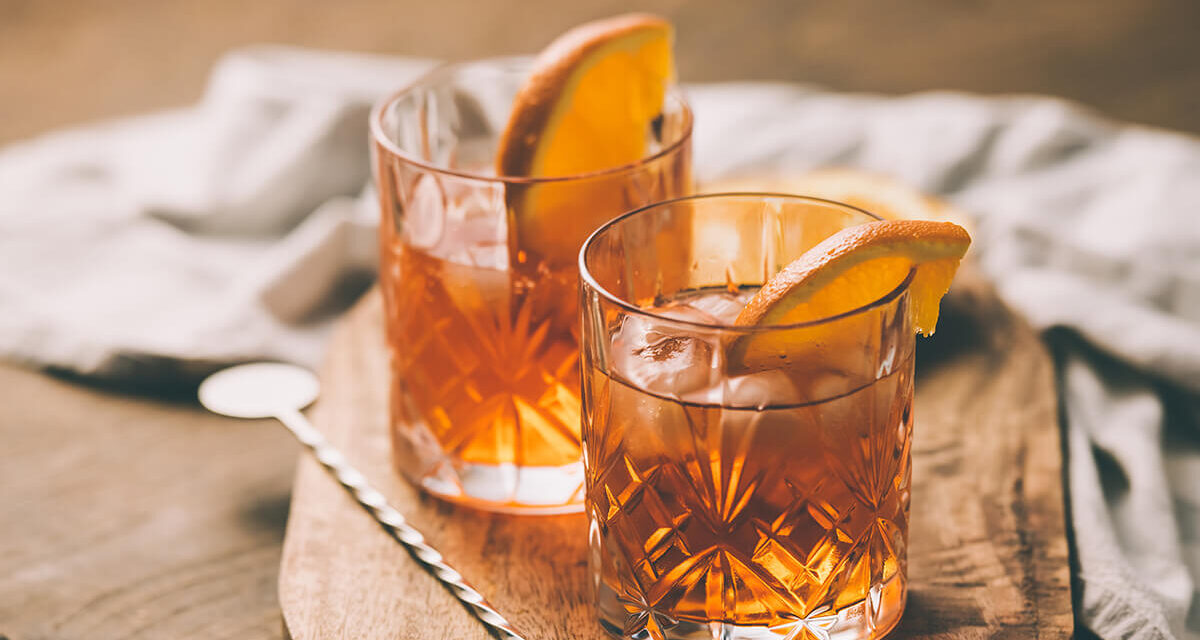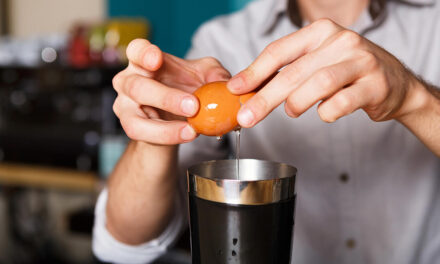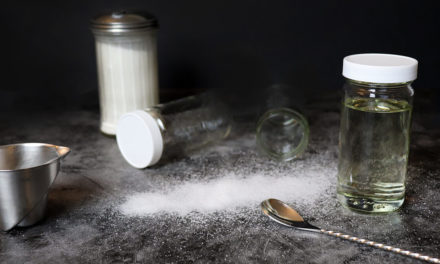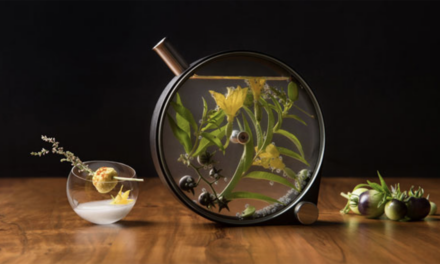Unless you’re an industry insider, you may not be familiar with the term “batched” cocktails. It’s a trick used in busy bars to cut down on the time it takes to serve classic cocktails or some of their more complex drinks. Bartenders mix the cocktail in volume before service begins and store it in a single bottle. It then allows them to pour right into the glass, serving up sophisticated drinks in the blink of an eye. While your home bar isn’t a busy downtown cocktail bar, there are still reasons to learn the practice and adopt it, such as choosing to batch a cocktail before guests come over for a cocktail party. In this article, we’ll discuss why your fridge needs a bottle of batched cocktail, the common pitfalls, and how to execute your first cocktail batch.
Why Batch Cocktails at Home
If you’re an experienced home mixologist, you probably enjoy building a craft cocktail as much as you enjoy imbibing. Making a cocktail batch doesn’t mean you have to stop making your favorite drinks. Think of it as a trick to enhancing your home bareperience, rather than a substitution.
- Speed: you can pour a Manhattan, End of the Road, or Negroni straight into the glass for those nights when you’re not in the mood to pick up a jigger.
- Accuracy: when you batch, you can measure spirits by weight, rather than jiggering, for more accurate cocktails.
- Complexity: letting spirits sit together for extended periods changes the flavors, creating more blended and balanced cocktails.
Our advice is to pick a sophisticated, classic cocktail like a Vieux Carré or Boulevardier and keep a bottle of the batch in the fridge for an effortless nightcap, or for a party when you want to serve upscale cocktails without spending the whole night mixing drinks.
Common Pitfall of Batching
Mixing a cocktail batch can be as easy as eyeballing equal parts gin, sweet vermouth, and Campari into a bottle. But it’s worth taking a little extra care to make an exceptional drink, rather than just a fast one. Here are a few rules to help your batch be the best it can be:
- Spirits Only: citrus juice will turn sour after as little as a few hours, so never batch Margaritas, Daiquiris, or anything with citrus.
- Avoid Syrup: sugar can change a drink as it sits over time, making it taste much sweeter on day seven than day one. You may learn to adjust the amount of syrup you add to batch an Old Fashioned, but it’s easier to stick to spirit-only drinks.
- Don’t add Bitters: bitters do what’s known as “blooming” as they sit in a drink over time, overpowering more subtle flavors. Wait until you pour a drink to add the bitters.
- Add Dilution: if you store a cocktail batch in the fridge, you don’t need to stir it with ice to chill it. However, the water from melting ice is an integral part of the drink. The common practice is to add as much as 20-25% water to a cocktail, but we recommend waiting on this step until right before the drink is ready to be enjoyed.
How To Batch a Cocktail At Home
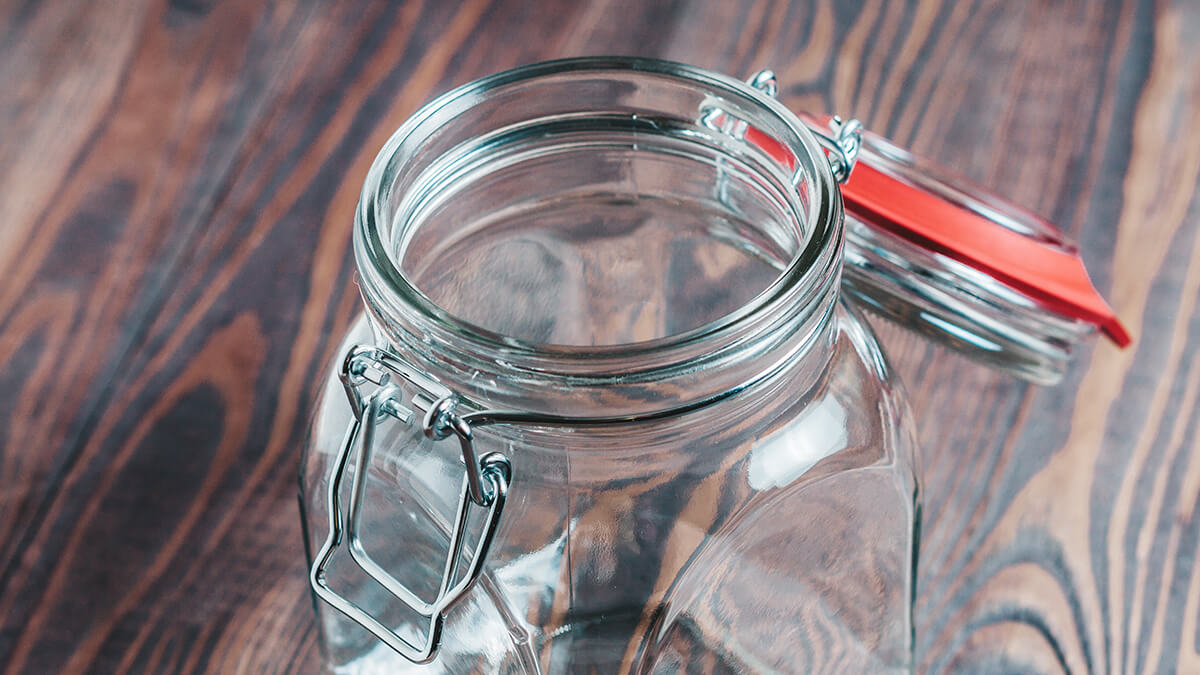
Pick a cocktail that you often drink, with only spirits in the recipe that’ll benefit from the precision of measurement, like a Tailspin.
- Assemble your liquor ingredients only.
- Gather supplies: an empty bottle or mason jar, a funnel, a measuring cup.
- Quadruple each ingredient from the recipe list and measure each out carefully.
- Stir the ingredients together in a bowl or pitcher.
- Use the funnel to pour the batch into the empty bottle.
- Put in the fridge to chill.
- When ready to serve the cocktail, remove from fridge.
- Add any citrus ingredients and bitter that were left out of the batch.
- Measure appropriately and stir or shake as normal.
You can serve a batched cocktail up or on the rocks. Enjoy serving complex drinks to guests the same way they do in busy cocktail bars!

